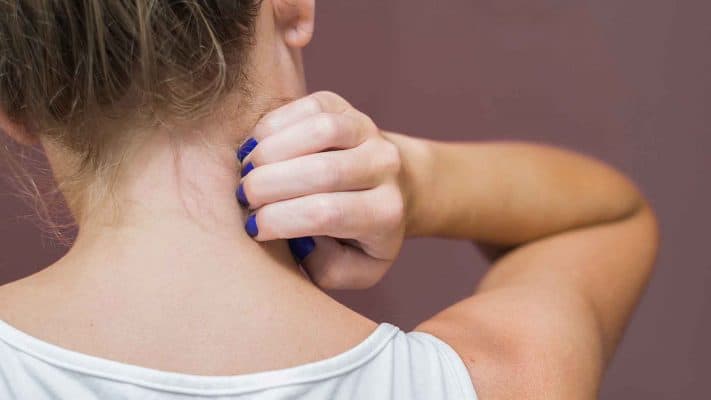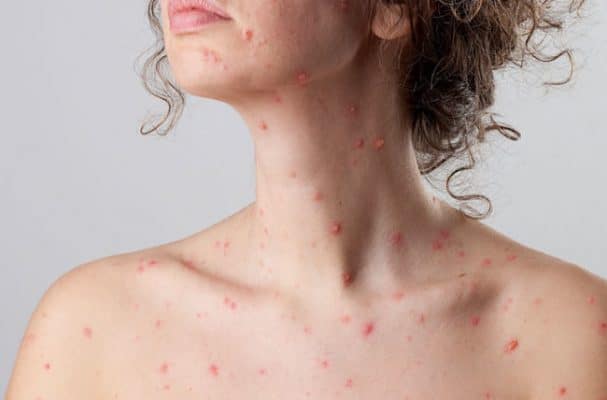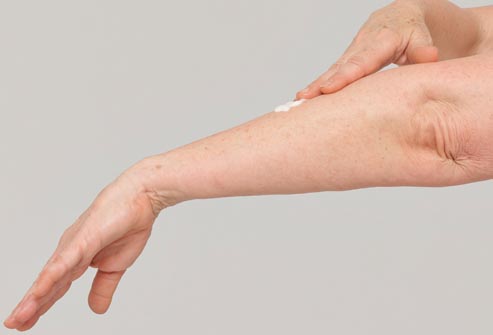How Long Does Shingles Last?
Shingle is a virus that causes an infection, which affects the nerves, causing rashes and blisters on parts of the body. This disease is also known as herpes zoster. Varicella-zoster virus is responsible for generating the illness, and it is also the virus that causes chickenpox. This virus causes inflammation of the skin, yielding painful rashes that further develop into blisters. The degree of pain felt varies depending on the area infected. Ideally, the rashes mostly appear on the torso area, but the face and neck could also be affected though such cases are rare.
Varicella-zoster virus is airborne, and it can be transmitted through coughing or merely breathing the same air as an infected person. It could also be passed by touching the fluids from an infected person’s blisters. Additionally, this virus could be transmitted from mother to child during pregnancy. If you want to prevent the spread of the virus, measures like ventilation should be taken, and facemasks should also be worn when interacting with infected persons.

Fever and headaches are also among the symptoms linked with the illness. Additionally, cases of stomach upsets have been observed on several patients, with others further complaining of lost vision. If left untreated for too long, patients have been seen to acquire severe symptoms, such as losing the sense of taste. You are advised to visit the nearest doctor for clarification if you experience any of the above symptoms.
At first, the Varicella-zoster virus causes chickenpox, mainly during the early years of a child’s life. Even after the chickenpox’s healing, the virus might reactivate in case of a weak immune system or any other factor favoring its growth. It most often tends to reactivate easily among the older population, with the ages of above sixty. Furthermore, individuals suffering from other virus-related infections are also susceptible to the reactivation of the virus.
Shingles take a duration of two to five weeks, with some severe cases lasting up to six weeks before ultimately healing. The first phase of the disease is characterized by a tingling sensation followed by numbness. In this stage, the victim can transmit the virus to others without knowing as the symptoms have not yet manifested. Different people could experience this stage differently, with some experiencing increased skin sensitivity and others experience numbness. Practitioners recommend the use of cornstarch paste to reduce the itching and tingling sensation.
The onset of a red rash symbolizes the beginning of the second phase. The second stage occurs typically 2-5 days after the first stage. Since this is the first observable symptom, you must seek medical assistance to prevent the condition from worsening. Additionally, this stage is linked with other symptoms like headaches and stomach upsets. During this period, it is highly discouraged to continuously rub the affected area as it may cause the infection to spread to other parts. The disease’s spread to different regions may be fatal because sensitive areas like the eyes, for instance, could be affected. Escalation of the virus to the eyes, if not treated on time, could lead to permanent vision loss.

The appearance of blisters indicates the third stage. The red rashes at the beginning of the second stage turn into blisters filled with fluids. In truth, it is easy to infect other people at this stage because any contact with the blister’s liquid will pass the virus to you. Victims are advised to frequently clean the infected areas during this stage to minimize the risk of further spreading the virus. It is also advisable to cover the blisters when in public to avoid contamination, and it is also advisable to reduce contact with people.
During the fourth stage, which occurs around ten days after the third stage, the blisters start drying up and forming scabs. At this stage, the patient is no longer contagious as the blisters’ fluids dry out, and this is the final stage of the disease. During this stage, the scabs should be kept clean and dry to prevent them from turning into rashes. Patients at this stage are encouraged to eat foods rich in vitamin A, as it will help the skin heal faster. During this stage, most of the symptoms are mild, while other symptoms initially experienced disappear.
Though no cure has been found yet, some remedies could help speed up the recovery process and treat some symptoms. Most doctors have highly suggested natural medicines to ease pain and itchiness because they have anti-inflammatory properties. Oregano oil is mostly preferred as it contains Carvacrol and Thymol, which are instrumental anti-inflammatory elements. Although the use of natural remedies is highly suggested, you should consult your doctor before taking any prescription. Moreover, exercising is also a helpful way of fighting the illness because it ensures proper blood flow in the body. However, patients should not indulge in tedious exercising activities.

Lotions and creams are also recommended ways of treating pain and itchiness. Nevertheless, lotions used in the treatment should not be perfumed because they will cause more itching. This should be applied gently over the affected areas during the day, and they work best when applied after a bath. Additionally, eating a balanced diet will significantly boost your immune system, enabling your body to resist the infection. When suffering from this disease, it is advisable to avoid foods rich in arginine because it will help the virus multiply, therefore, spreading the infection further. Oatmeal baths are also used to help reduce the itchiness, and after such a bath, you should clean the materials used, to prevent further disease spread.
Shingles take three to six weeks to heal, but it has some slight chances of reoccurring in the future. To reduce your chances of contracting the disease, you should ensure that you eat a balanced diet. Additionally, you should take vitamins that boost your immune systems like fruits and vegetables, for starters, as they contain nutritional values. Foods rich in vitamin C are essential, too, as they help revitalize the skin back to its previous condition. EMUAIDMAX First Aid Ointment is also excellent in relieving the symptoms of this disease.
